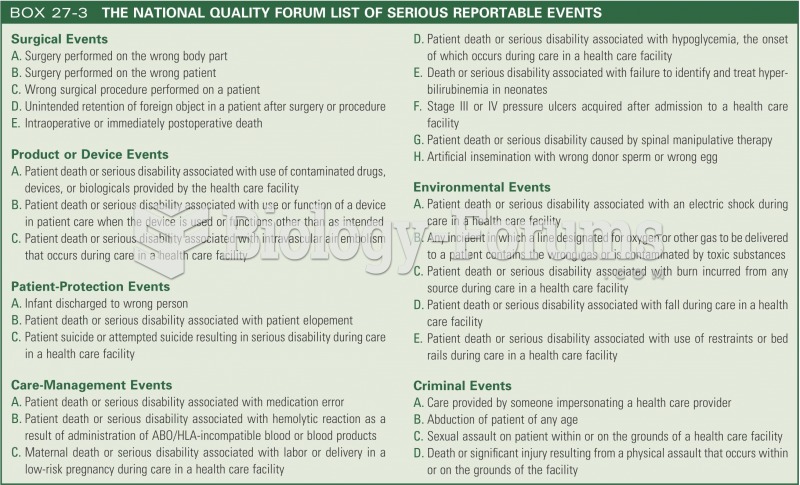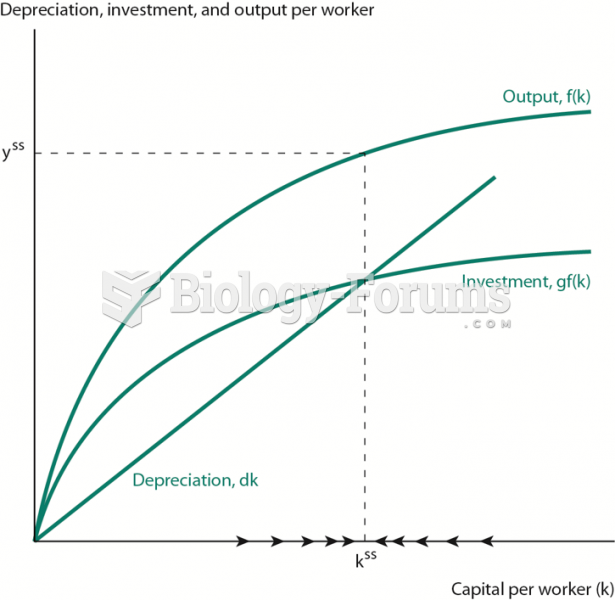Answer to Question 1
ANS: Kelly's personal construct theory is presented in a scientific format, organized into a fundamental postulate and 11 corollaries.
The fundamental postulate states that our psychological processes are directed by the ways in which we anticipate events.
The corollaries of the personal construct theory and their arguments are as follows:
1. The construction corollary: Because repeated events are similar, we can predict or anticipate how we will experience such an event in the future.
2. The individuality corollary: People perceive events in different ways.
3. The organization corollary: We arrange our constructs in patterns, according to our view of their similarities and differences.
4. The dichotomy corollary: Constructs are bipolar; for example, if we have an opinion about honesty, that idea must also include the concept of dishonesty.
5. The choice corollary: We choose the alternative for each construct that works best for us, the one that allows us to predict the outcome of anticipated events.
6. The range corollary: Our constructs may apply to many situations or people, or they may be limited to a single person or situation.
7. The experience corollary: We continually test our constructs against life's experiences to make sure they remain useful.
8. The modulation corollary: We may modify our constructs as a function of new experiences.
9. The fragmentation corollary: We may sometimes have contradictory or inconsistent subordinate constructs within our overall construct system.
10. The commonality corollary: Although our individual constructs are unique to us, people in compatible groups or cultures may hold similar constructs.
11. The sociality corollary: We try to understand how other people think and predict what they will do, and we modify our behavior accordingly.
Answer to Question 2
ANS: Through the personal construct theory, Kelly suggested that people perceive and organize their world of experiences the same way scientists do, by formulating hypotheses about the environment and testing them against the reality of daily life. In other words, we observe the events of our lifethe facts or data of our experienceand interpret them in our own way. This personal interpreting, explaining, or construing of experience is our unique view of events. It is the pattern within which we place them. Kelly said that we look at the world through transparent patterns that fit over the realities of which the world is composed.
Constructs are intellectual hypotheses we devise and use to interpret or explain life events. Revising our constructs is a necessary and continuous process; we must always have an alternative construct to apply to a situation. If our constructs were inflexible and incapable of being revised (which is what would happen if personality was totally determined by childhood influences), then we would not be able to cope with new situations. Kelly called this adaptability constructive alternativism to express the view that we are not controlled by our constructs but we are free to revise or replace them with other alternatives.






